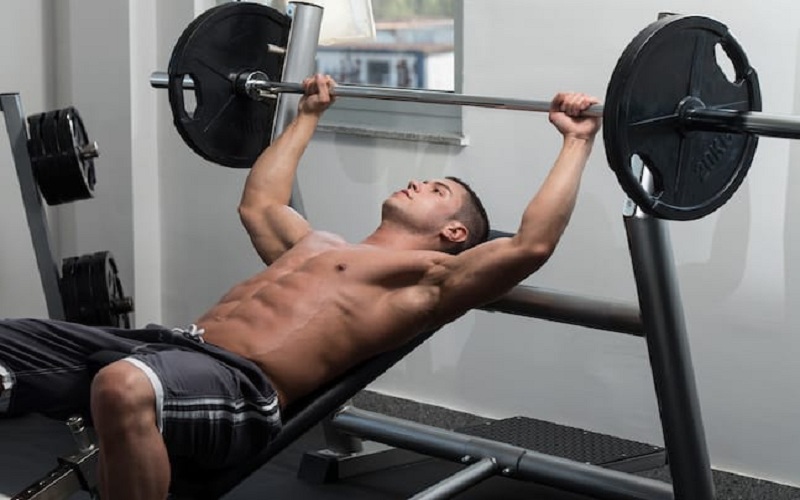
Reasons Why Using Weightlifting Straps Is Important
Strength training bands, crafted from materials like nylon, canvas, or leather, vary in length from 12″ to 18″ and are commonly 1″ to 1-1/2″ in width. These bands can be secured together or shaped into a loop to form a space for the hand to pass through. To secure a tight grip on a barbell, wrap the strap around it, tighten it, and rotate it to secure the grip. Practice and ensure the straps are snug enough to avoid using a hook grip. Straps are essential for performing pulls, deadlifts, shrugs, and high pulls, as they save hands and allow focus without grip issues. They also enable pushing with large weights, such as high pulls following cleans and snatches and repeat snatches and cleans from hang or blocks. In this article, we will outline why you should always have weightlifting wrist straps when lifting weights in the gym.
Meaning of wrist straps
Wrist straps provide additional support and ease in lifting heavy weights, enhancing grip strength and targeting muscles effectively. They help individuals with weak grips, especially during deadlifting, improve their lifting performance. Wrist straps can improve grip and focus on target muscles during deadlifting, reducing training time and strain on the barbell.
Some of the benefits of putting on Weight Lifting wrist straps while lifting weights include the following;
1. Lightens the feeling of weights
Firm gripping a barbell can make it feel lighter, increasing confidence as you lift larger weights. This is due to proprioception, the body’s awareness of its surroundings, and strengthening muscles can improve this perception.
2. It lowers your chances of getting hurt
Bodybuilding and CrossFit workouts target multiple muscle groups simultaneously, resulting in varying rates of muscle fatigue, which can reduce the risk of injury. Muscles use ATP, an energy source, to protect them from weariness. Muscle size affects ATP production and storage capacity, causing smaller muscles to tire out more quickly, a phenomenon known as “muscle fatigue during exercise.”
Types of lifting straps
1. Closed loop open straps
The best lifting strap for Olympic lifts is a closed loop material loop, which requires quick bar release and is the least secure. Leather straps are preferred for a more robust, lightweight grip, allowing easy barbell release, similar to Olympic lifting. Wrap the strap around your wrist and feed the hanging end around the ba
2. Laser straps
A lasso strap is a popular and adaptable wrist strap featuring a wrap-around bar and a wrist loop for a tighter grip. According to Waxman, the closed loop and lasso are similar in their uses, but the choice is subjective. For a tighter grip, look for options with extended bar wrap length and additional padding for comfort and safety. Both types help push past personal records and casual lifting.
Conclusion
As a person who lifts weights, you should get yourself the wrist straps we have mentioned above. Moreover, we have listed the benefits of wrist straps, making it easier for you to understand the need to wear one often. Before you start hitting the gym, make sure you have a pair of wrist straps for your safety.


